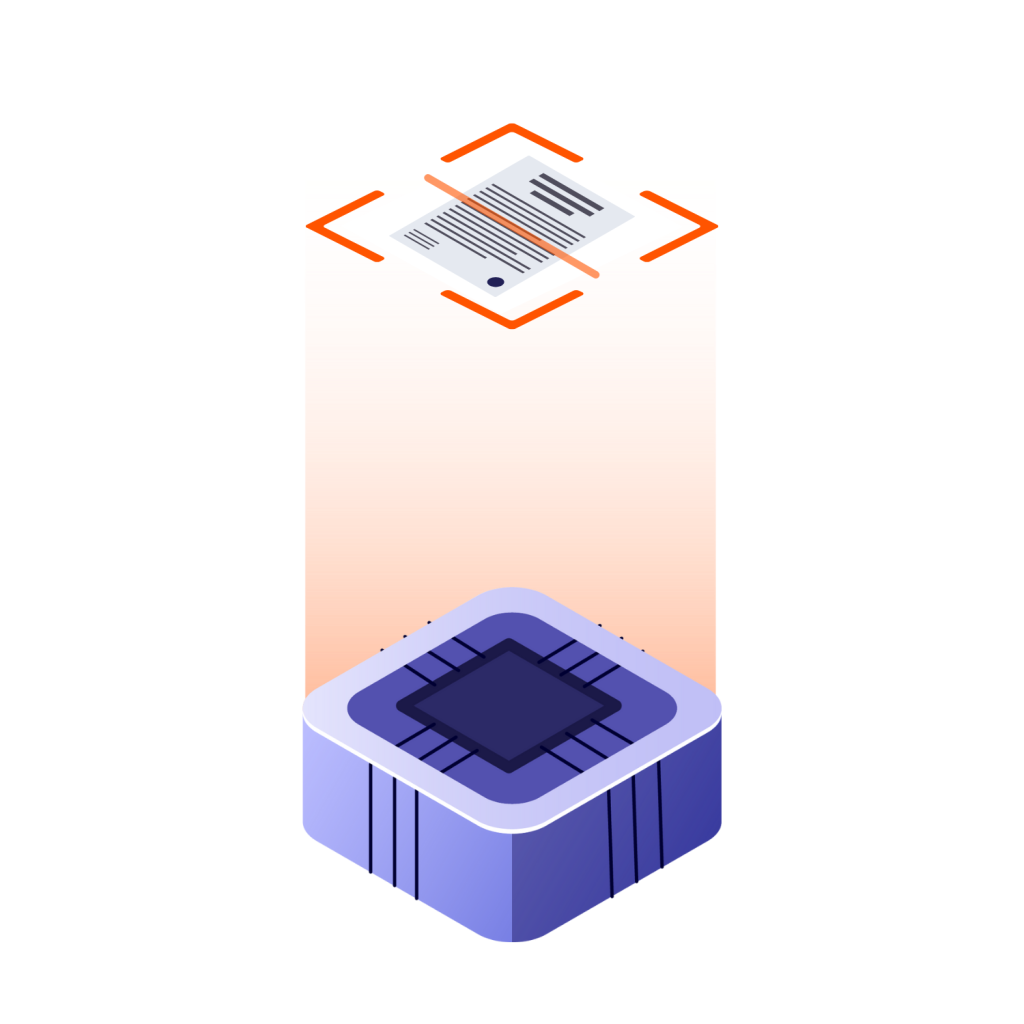Detection Technology
AI-Enhanced Threats
In an era where 91.1% of organizations have already faced AI-enhanced phishing and BEC attacks, the call for advanced, AI-powered cyber defenses has never been louder.
With traditional security measures falling short against malicious actors leveraging AI tools to craft sophisticated attacks on email, browser and SaaS apps – the solution is clear:
“An AI for an AI” is needed.
Putting the AI in EMAIL SECURITY

Natural Language Processing & GenAI Models
Developed to UNDERSTAND your organization’s unique relationships and communication patterns. These technologies go beyond mere algorithms to offer a more nuanced and effective detection of social engineering based attacks.
- GenAI Decoder™: This LLM-based model specializes in recognizing the patterns in AI-generated text and is adept at detecting social engineering attempts like BEC, impersonation and phishing.
- Supply-Chain Recognition: This feature analyzes business communication to automatically identify domains of your organization’s business partners, vendors, and more.
- Thread Hijack Protection: An anti-spoofing correlation algorithm prevents conversation hijacking and vendor impersonation attempts, adding an extra layer of security to business communications.
Image Recognition Algorithms
Designed to SEE through advanced phishing attacks and brand spoofing attempts. These algorithms are not just about identifying images; they’re about understanding the context in which they appear, offering a robust defense against visual-based threats.
- Two-Step Phishing: This proprietary object detection model examines webpages to recognize clickable elements for further scanning, protecting against hidden malicious payloads.
- Brand Recognition: Compares email, URL, file screenshots, images, and URL favicons to known brand assets to detect spoofing. Data is analyzed against both known ‘clean’ and ‘malicious’ images.
- Quishing Protection: Utilizing real-time image recognition, this feature scans QR codes embedded in emails or attachments. A proprietary anti-evasion algorithm follows the URLs to dynamically scan them for phishing or malware delivery attempts.


Behavioral and Content-Based Analysis
Crafted to RECOGNIZE anomalies, malicious sentiments, and evasion techniques. This isn’t just about flagging suspicious activities; it’s about understanding the underlying behaviors that drive them, offering a more comprehensive security net.
- Anomaly Detection: Identifies changes in sender’s tone and sentiment, analyzes message content, and compares metadata to find deviations. Topic modeling for subject and email body adds another layer of security.
- Content Analysis: LLM-based models extract sensitive content like personally identifiable information (PII), identify names of entities (NER), and analyze textual metadata.
- Textual-Obfuscation Detection: Detects evasion attempts that conceal malicious text by replacing certain characters with other visually similar ones, invisible ones, etc.
Powered by AI. Empowered by People.
Revolutionized by GPThreat Hunter™.
Blending the precision of AI with the insight of human expertise. With the introduction of GPThreat Hunter™, powered by the innovative GPT-4 model by OpenAI, we elevate threat detection and remediation to an unprecedented level.
GPThreat Hunter™ enhances workspace security with:
- Autonomous Precision: GPThreat Hunter™ brings a new dimension to our detection capabilities, autonomously resolving ambiguous incidents with a level of speed and accuracy that sets new industry standards.
- Empowering Our Service: By efficiently managing a significant volume of security cases, GPThreat Hunter™ allows the dedicated Incident Response experts to focus their expertise on the nuanced, complex investigations that require a human touch.
- Evolving With Every Catch: Each interaction with GPThreat Hunter™ enriches the system, making our AI smarter and more responsive to new and emerging attacks.
























